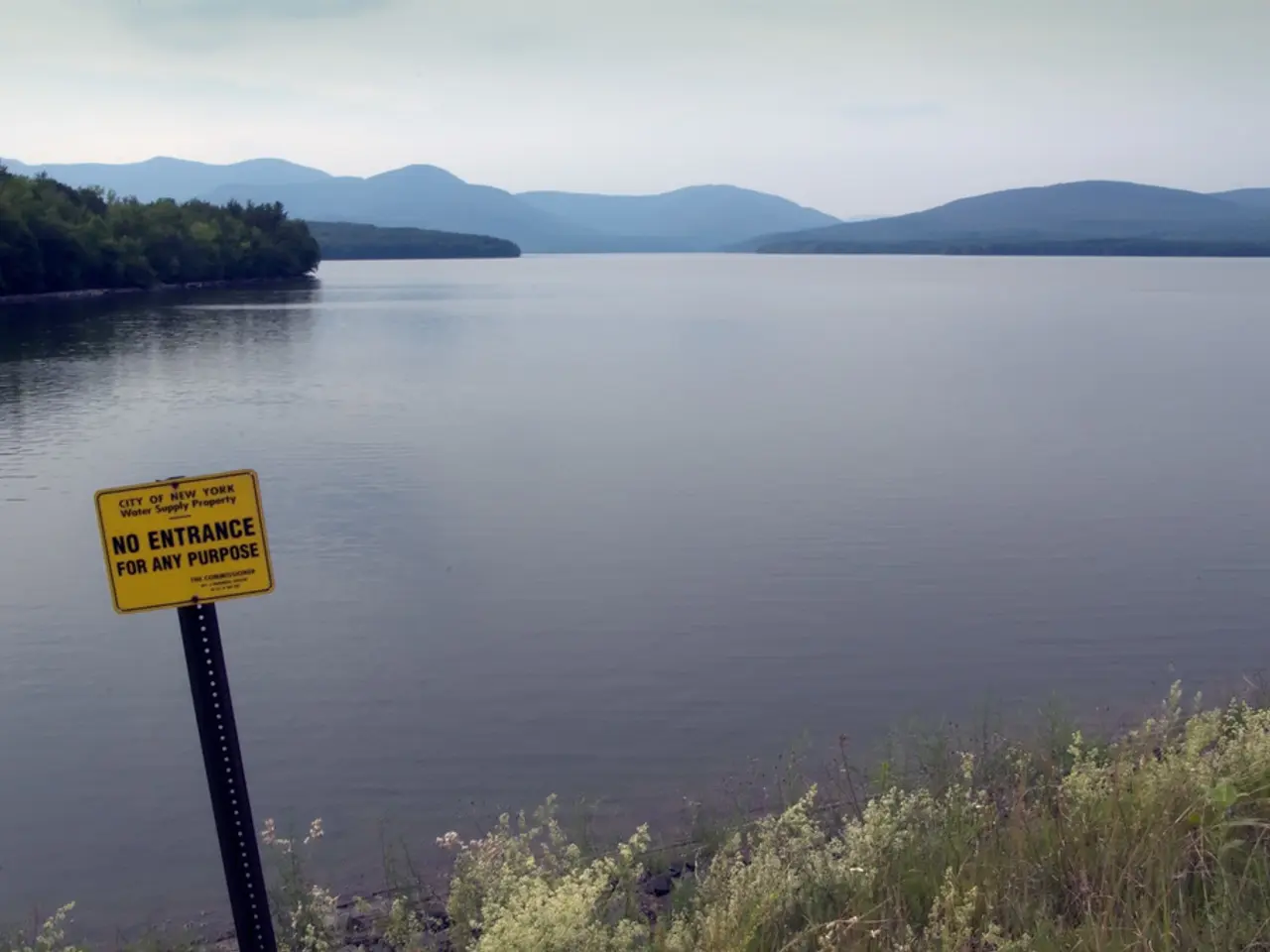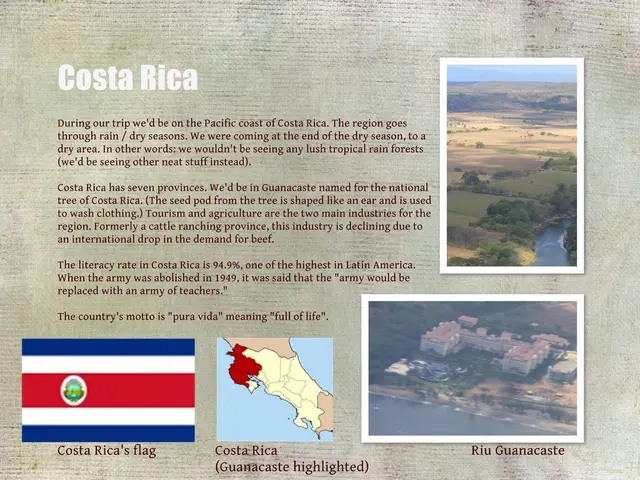Coastal Asian nation prepares for floods with homegrown 'Long Island-style' barrier.
In the bustling city-state of Singapore, plans are underway for an ambitious project that aims to address rising sea levels and mitigate water shortage. Known as the Long Island project, this 8-mile-long chain of artificial islands is set to become a seawall, protecting the southeastern coast from potential sea-level rise, while also offering the potential for significant housing development.
The Long Island project, featured prominently in the ruling People's Action Party's election manifesto, has received little significant opposition thus far. The coast where Long Island will be built was itself reclaimed during the "Great Reclamation" of the 1960s and 1970s.
The initial blueprint for Long Island includes three tracts of land connected by tidal gates and pumping stations. Once the land is reclaimed, it will take years, or even decades, to settle enough for building. Research is underway to see if ash from incinerated landfill could be used, alongside soil and construction debris, instead.
Long Island would create over 12 miles of new waterfront parks, helping to alleviate Singapore's green space shortage. Moreover, the project would also help mitigate Singapore's water shortage by creating a huge new reservoir, trapping freshwater that would otherwise be discharged into the sea.
However, details about the Long Island project’s engineering progress, environmental impact assessments, and hydrological and water management considerations remain either undisclosed or under preliminary study. Engineering and environmental studies are ongoing, and the islands' shape and position may change.
Singapore is currently exploring alternatives to reduce dependence on imported sand for land reclamation, a crucial aspect of the project given its anticipated cost and duration. The younger Lee's successor, Lawrence Wong, also personally backs the Long Island project, emphasizing its long-term vision.
Land in Singapore, one of the world's most expensive property markets, is scarce. Creating space for housing ensures the project can serve the community in a variety of ways. Around 3 square miles of land will be reclaimed from the Singapore Strait for the construction of Long Island.
The proposed project, named "Long Island," is expected to take "a few decades" for planning, design, and implementation. The Singaporean government is throwing its weight behind Long Island as an illustration of its commitment to futureproofing and climate adaptation.
[1] Cross Island Line [2] Jurong Island renewable energy initiatives [3] Other construction works in Singapore [4] NTU’s research in civil/environmental engineering [5] Unspecified search results
- The Long Island project, part of Singapore's future-proofing and climate adaptation efforts, is featured prominently in the ruling People's Action Party's election manifesto.
- The initial design for Long Island includes three tracts of land connected by tidal gates and pumping stations, but research is being conducted to explore alternative materials for soil, such as ash from incinerated landfill.
- Once completed, Long Island would create over 12 miles of new waterfront parks, addressing Singapore's green space shortage, and also serve as a huge new reservoir to mitigate water shortage.
- Despite ongoing engineering and environmental studies, details about the Long Island project's progress, environmental impact, and water management considerations remain undisclosed or under preliminary study.
- Rapidly increasing land prices in Singapore, one of the world's most expensive property markets, make creating space for housing a crucial aspect of the Long Island project, reclaiming around 3 square miles of land from the Singapore Strait.
- Plans for Long Island are taking "a few decades" for planning, design, and implementation, and the project has received little significant opposition thus far.
- Amid concerns about imported sand for land reclamation, Singapore is exploring alternatives and has ongoing studies in various fields, including civil and environmental engineering, space and astronomy, finance, technology, education and self-development, general news, sports, and renewable energy initiatives such as those on Jurong Island.




